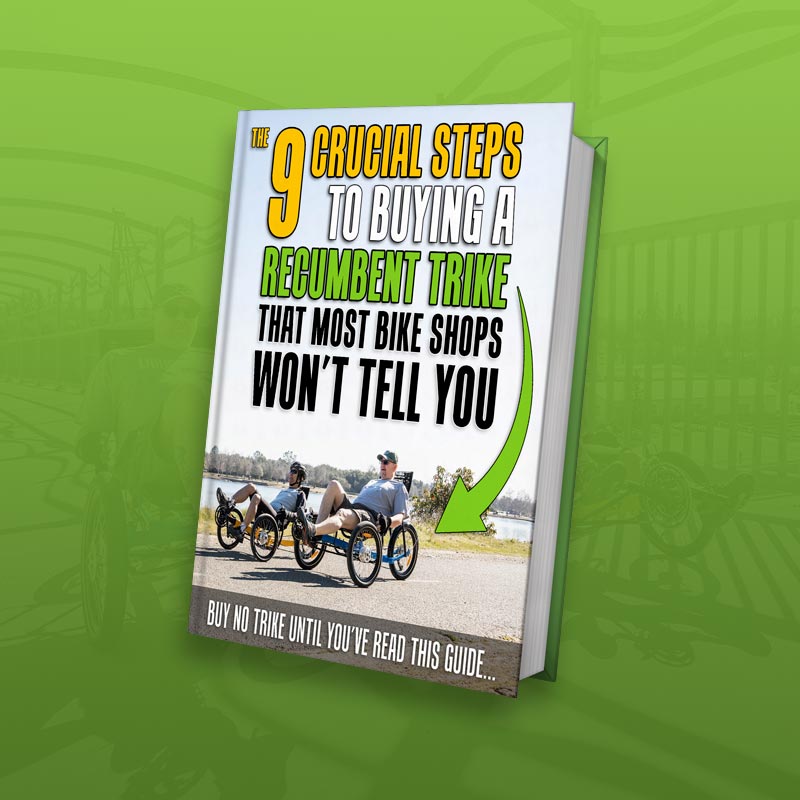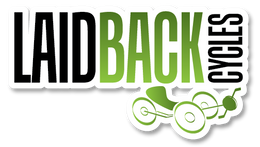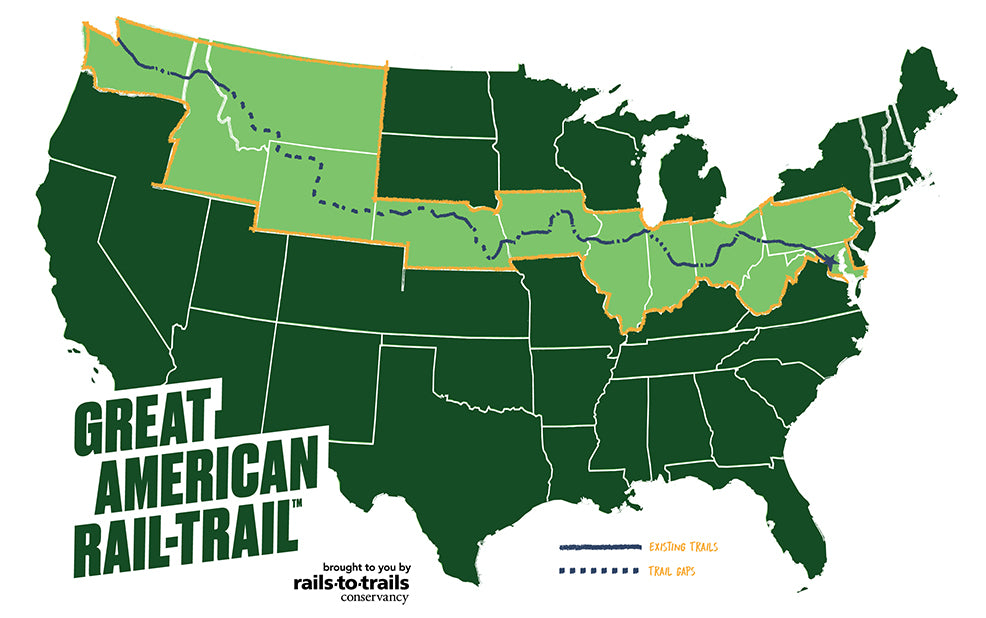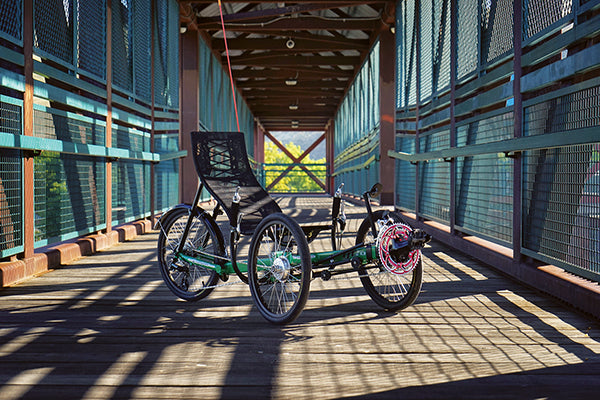
Top Five Success For Cycling In National Parks
Reprinted from AdventureCycling.org
As we well know, there is no more authentic and exhilarating way to experience the grandeur and cultural significance of our national parks than by pedaling through them on a bicycle. So how did national parks work together with Adventure Cycling last year to improve biking? Check out our top five stories, and make sure to register a ride for the third annual Bike Your Park Day on September 29, 2018.
1. Shenandoah hosts its first car-free day with Ride the Drive.
The idea started with Crater Lake’s car-free day called Ride the Rim, when Adventure Cycling set up a conference call with the superintendents from Crater Lake, Shenandoah, and Glacier National Parks to talk about how the event came together. Two years later, within the first few hours of opening registration for Shenandoah’s Ride The Drive, it had filled with 4,000 eager participants. The event on April 23, 2017 opened up the northern part of Skyline Drive to biking and walking (and roller skating!), free of motorized traffic and its noise, fumes, and stress. About 1,000 participants showed up despite a bad weather forecast, but the rain held off and cyclists enjoyed their exclusive access to Skyline Drive’s spring splendor. The park is interested in hosting a second Ride the Drive, but determined that it needs outside funding and support to make it feasible.
2. Natchez Trace Parkway works to make cyclists safer with Share the Parkway campaign.
The Natchez Trace Parkway, the Natchez Trace Parkway Association (NTPA), and Adventure Cycling have partnered since 2013 on a Share the Parkway campaign to improve cyclists’ safety on the Parkway, in response to the death of local cyclist Gary Holdiness. Adventure Cyclist magazine published an article about this tragedy and how it sparked the campaign. We’ve worked for safety from many angles, including:
- Visibility and enforcement. Thanks to funding from the NTPA, rangers are now giving away complimentary bike lights and high visibility vests to cyclists. Over 200 lights have been given away to help keep cyclists visible in the park’s frequent sun and shade transitions.
- Signs. The USDOT Volpe Center published a study that provided recommendations for adding bike safety signs. In March 2017, the Parkway installed 53 “Cyclists May Use Full Lane” signs along the Parkway’s 444 miles.
- Education and outreach. Brochures, website information, and radio and TV ads educate motorists and cyclists on how to safely share the road.
- Data collection. Temporary bike counters were installed to gather data about bicycling visitation on the Parkway, and the parkway will be upgrading to permanent counters.
3. Glacier Park’s bike shuttle carries 1,500 bikes in its second spring biking season.
Adventure Cycling’s partnership with Glacier National Park has led to a number of improvements for biking in the Park, thanks in part to a $30,000 grant from the Glacier Conservancy. The park has increased its bike parking, now provides better online information about biking opportunities, and just completed its second successful spring biking season with the addition of a bike shuttle service to reduce parking congestion. The shuttle carried three times more riders (4,413) and bikes (1,470) in its second season than in 2016 when it was launched. It now also carries tandems and recumbent bicycles.
4. Shenandoah installs bike repair stands along Skyline Drive.
Shenandoah has been on a roll this year – in addition to Ride the Drive, the park installed three bike repair stands with bike pumps in key locations along Skyline Drive. The bike repair stations were funded by the Shenandoah Trust, which used a crowdfunding campaign to fundraise for the project. Given that it’s a trek to the nearest bike shop from the park, these tools will be helpful in a pinch.
5. The Chesapeake & Ohio Canal Towpath receives $1 million for surface improvements.
If you’ve ridden the Chesapeake and Ohio Canal Towpath, you might have noticed that sections of it are looking pretty rough. Adventure Cyclist featured an article about the Towpath and its funding and maintenance issues in 2015, and we’ve provided support for the park’s efforts to solve these issues. The park learned in December 2017 that it was receiving $1 million of Transportation Alternatives Program grants (a federal funding source) for surface improvements to 12 miles of the Towpath from Shepherdstown to Harpers Ferry. The National Park Service will match the TAP funds with $472,000. This is the first phase of five improvements, and while funding for the next four phases isn’t guaranteed, it’s a good sign.

A Repair Stand And Bike Pump Provide Emergency Bike Maintenance Along Skyline Drive.

A Car-Free Going-To-The-Sun Road Is The Ride Of A Lifetime During Glacier Park’s Spring Plowing.

The 184-Mile C&O Canal Towpath Is A Popular Trail For Bike Touring.






